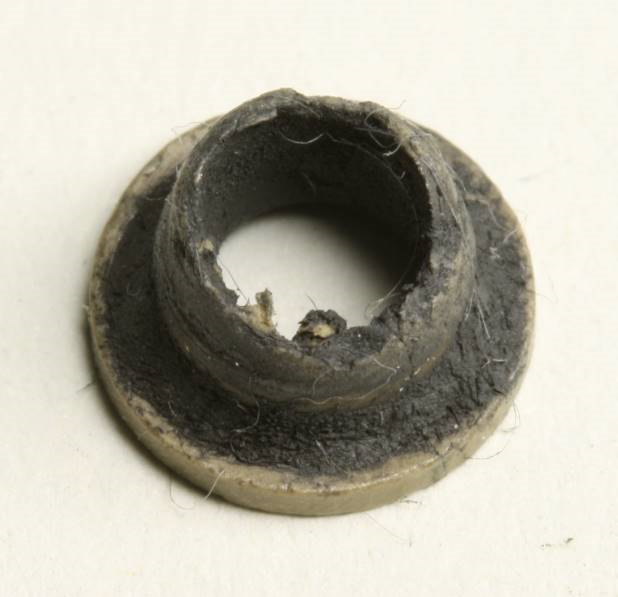How to secure bearings properly – Part 1: Why bearings move out
Lars Butenschön | 26. November 2018
When your plastic bearings are moving out it´s typically not to find a better home. But it definitely means their previous housing was not to their liking. The solution: Secure bearings or change the material. In this post I want to help you understand when and why these measures are necessary.
What´s happening?
Bearings – especially plastic plain bearings – will move out of the mounting bore (also called housing) if the so called press fit is lost and no additional axial securing is in the way. Typically, most plain bearings are installed by force. The holes they are supposed to fit in are tolerated slightly smaller than the outer diameter of the plain bearings. This way, the bearing is kept in place nice and secure by mechanical tension. If this tension is lower than the push out force generated by the load and movement of the pivot point, the bearing moves out of the mounting hole. The result: A metal shaft surface scraping away at a metal housing and a plastic plain bearing torn to pieces.
The reasons for loss of press-fit include: Temperatures and high loads. If the temperature in the bearing position rises above the material specific threshold, the material begins to relax. It can´t maintain the mechanical tension and starts to move. The other root cause for losing press-fit is a load that is too high over prolonged periods. This is also a material specific value and describes a phenomenon called “creeping”. A slow process of deformation where the material starts to “give in” to the load. This deformation can also lead to loss of press fit and bearings moving about.
Finally, a more trivial ( and actually more frequently encountered) issue can be the housing bore being out of tolerance. In that case – if the press fit is too loose due to an oversized housing bore, the bearing moving out can be even more likely.
The consequence

Bearings that move in the housing bore don´t automatically fall out of it completely. If they can´t move axially, they can still rotate. This can lead to squeaking and decreased overall running performance. The worst case is of course a bearing that exits the housing completely, leaving the shaft unprotected and resulting in dramatic wear results (see picture).
Of course, that doesn’t mean, that high temperatures or loads always lead to system failures of epic proportions. As lawyers and sales people tend to say: “It depends”. The specific load to surface-ratios and temperatures requiring different materials or additional axial securing are different for different plastic materials and compounds.
So what to do, besides selecting the right material?
To make engineering life a bit easier, some manufacturers of plastic plain bearings provide recommendations how much surface load a bearing can take over and above which temperature it will be necessary to secure bearings against moving.
To sum it up:
Careful material selection as well as clever part design helps a great deal to secure bearings against moving out of housing bores. I will cover different design choices for securing bearings with clever design in part 2 of this series.
